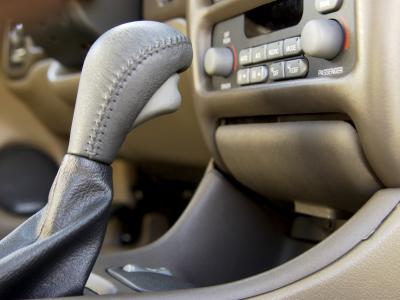Many drivers love manual transmissions for the control they give over the vehicle's drivetrain. Unlike an automatic transmission, in which a computer intervenes to decide when to shift gears, a manual transmission lets the driver decide when, how quickly and how smoothly to disengage the engine from the drivetrain. This is what the clutch does. The clutch absorbs a lot of wear and can fail in a number of ways, including burning out.

When you step on the clutch pedal, it lifts then separates the spinning clutch disk and flywheel. You can then shift gears before releasing the clutch to reengage the drivetrain. When you release the clutch pedal, the moving clutch disk makes contact with the pressure plate of the flywheel, causing significant friction and heat. If you "ride" the clutch, stepping too frequently on the pedal and repeatedly disengaging and reengaging the drivetrain, the friction can create enough heat to actually burn the clutch facings. This can ruin both the disk and the flywheel assembly.

The most telling sign of a burnt clutch is the smell it gives off. If the clutch facings start to burn, the smell will resemble that of burnt toast. This could cause the whole clutch to fail, at which point your car would stop being able to accelerate or shift gears.

A more likely sign of a burnt clutch that hasn't yet destroyed the whole assembly is clutch slippage, where the disk partially disengages from the flywheel. In this case, the engine RPMs will rise quickly without a change in speed, and even more heat will be generated.

Diagnosing a burnt clutch, without smelling it, can be difficult. Oil leaking into the clutch casing will also cause clutch slippage, as will a bad flywheel, a misaligned clutch bearing, a blocked cylinder port, or problems with the cables and pistons connecting the pedal to the clutch. The only way to be entirely sure is to bring the car to a mechanic who can examine the facings of the clutch disk.
